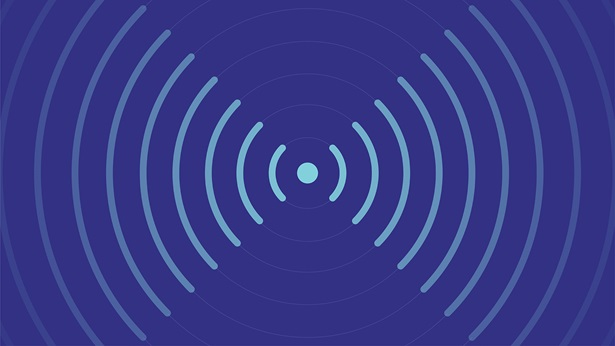Pew Applauds Federal Effort to Improve Broadband Data
The Pew Charitable Trusts submitted comments to the National Telecommunications and Information Administration (NTIA) July 11 supporting the agency’s efforts to improve the quality and accuracy of broadband data. NTIA notes that existing data limitations make it difficult to understand the extent and location of coverage, particularly in rural communities. Pew agreed with this finding, and emphasized that improving data and research on broadband connectivity would help policymakers better target their efforts to expand access to reliable, high-speed Internet.
July 11, 2018
The Honorable David J. Redl
Assistant Secretary for Communications and Information
1401 Constitution Avenue Northwest
Washington, D.C. 20230
Dear Assistant Secretary Redl,
The Pew Charitable Trusts supports the National Telecommunication and Information Administration’s (NTIA) efforts to improve the quality and accuracy of broadband data, and agrees that that limitations of existing data present challenges to policymakers at all levels of government.
As the Federal Communications Commission (FCC) has found and NTIA highlighted, 24 million Americans lack access to high-speed reliable internet. This problem is also challenging for our community anchor institutions: 40 percent of the nation’s schools and 60 percent of health care facilities outside of metropolitan areas lack coverage. Additionally, as NTIA noted, rural communities are disproportionately affected—30 percent of rural communities also do not have connectivity.
These data points illustrate how communities across the country are not able to partake in the economic and social benefits that broadband connectivity can offer, including increased access to healthcare, education, and jobs. Policymakers see the need to address this gap, but an absence of reliable data and accessible research on the topic hampers their efforts.
Pew launched the broadband research initiative in January 2018 to provide research and analysis that can inform policymakers as they work to close the connectivity gap. Specifically, the initiative is examining how states have tried to improve connectivity and is meeting critical research needs, including synthesizing and elevating research about the economic impacts of broadband and funding and financing options for connectivity efforts. Like NTIA, we also seek to draw upon diverse stakeholder perspectives from across the public, private, and non-profit sectors for input and discussion.
Our research and outreach so far confirms the concerns about data outlined in this Request for Comment: a more accurate and granular national broadband map is needed to help guide policymakers in prioritizing their connectivity efforts.
Voices from across the broadband landscape share NTIA’s concerns that aggregating data over large geographic areas, such as Census blocks, contributes to a flawed understanding of broadband connectivity and coverage. Leaders are interested in data that describes greater geographic granularity, such as availability of broadband services at a specific location or zip code. Decisionmakers would also like more information about network quality—specifically, they are interested in the actual broadband speed the network delivers in a specific location, not the advertised speed.
Finally, several states have their own data gathering and mapping programs, so their input would be helpful to any future data and mapping activities at the state and federal levels. This collective information—greater granularity, actual speeds, and state activities—would contribute to a better understanding of connectivity gaps and aid government and private sector leaders in closing them.
NTIA’s Request for Comments on Improving the Quality and Accuracy of Broadband Availability Data is an important step in the effort to increase broadband connectivity. Pew hopes it can contribute to the work by NTIA and others across the public and private sectors by providing research and analysis that will inform decisions on closing broadband gaps across the country.
Sincerely,
Anne Stauffer
Director, Fiscal Federalism and Broadband Research
Pew Charitable Trusts










